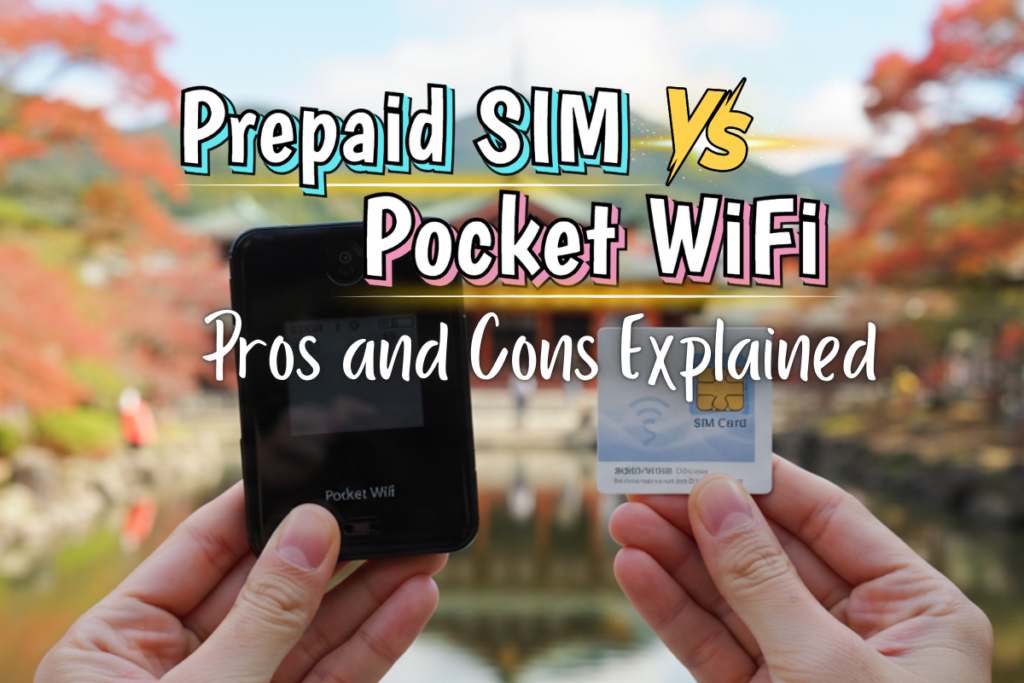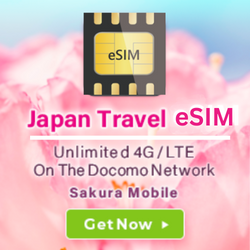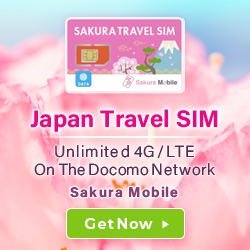Staying connected in Japan is important for navigation, translation, and finding places to visit. Unlike some countries, free WiFi isn’t always easy to find, even in big cities like Tokyo. Most travelers choose a prepaid SIM card (or eSIM) or a pocket WiFi rental to avoid the hassle of searching for public WiFi.
But which one is right for you?

A pocket WiFi is a portable hotspot that lets multiple devices connect to the internet, similar to the WiFi router you have at home. A SIM card on the other hand goes directly into your phone, while an eSIM is installed digitally, giving you access to Japan’s mobile networks without needing an extra device.
Each option has its own advantages and drawbacks depending on your travel style. In this guide, we’ll compare speed, convenience, cost, and usability so you can choose the best option for your trip.
Table of Contents:
- Is it Better to Get an eSIM/SIM or Pocket WiFi?
- Pros & Cons of Pocket WiFi and SIM Card/eSIM in Japan
- Pocket WiFi: Best for Groups and Multiple Devices
- Is Pocket WiFi Worth It in Japan?
- SIM Card/eSIM: Best for Solo Travelers and Minimalists
- Is a SIM Card/eSIM Worth It in Japan?
- How to Get a Prepaid SIM or Pocket WiFi in Japan
Is it Better to Get an eSIM/SIM or Pocket WiFi?
While free WiFi is available in some places like convenience stores, cafes, hotels, and train stations, it’s often slow, unreliable, and insecure. Public WiFi also comes with risks like data theft and connection drops, which can be frustrating when you’re trying to navigate or translate something important.
That’s why most travelers choose a pocket WiFi or a SIM card/eSIM to stay connected.
A pocket WiFi is great for groups or those who need unlimited data, while a SIM card or eSIM is a more straightforward option for solo travelers who don’t want to carry an extra device. Many providers now offer eSIMs, which don’t require swapping a physical SIM card. This can be the most convenient option if you have a newer phone like the iPhone 14 or 15, which only supports eSIM.
Next, we’ll compare the pros and cons of each to help you decide.
Pros & Cons of Pocket WiFi and SIM Card/eSIM in Japan
Pocket WiFi and SIM cards/eSIMs both provide reliable internet in Japan, but they work differently and suit different types of travelers. Below, we’ll go over the main differences, including coverage, ease of use, and best situations for each option.
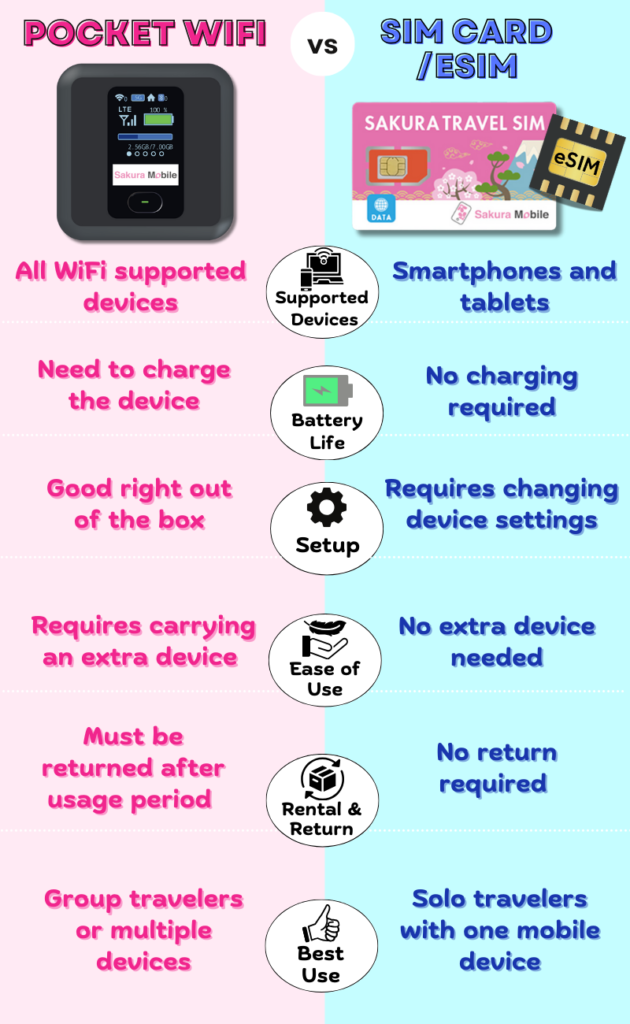
Our pocket WiFi devices are made in Japan by Fujisoft, ensuring better compatibility and reliable performance compared to devices made elsewhere. 🗾
Pocket WiFi: Best for Groups and Multiple Devices
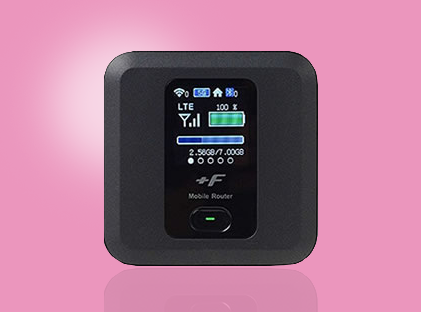
A pocket WiFi is a great option if you need reliable, high-speed internet across multiple devices. It connects to Japan’s LTE and 5G networks and works similarly to a home WiFi router, making it ideal for travelers with heavy data usage or multiple devices.
When Pocket WiFi Is a Good Choice
- You’re traveling in a group or as a family and want to share a single internet connection.
- You use multiple devices, like a laptop, tablet, and phone, and want to stay connected on all of them.
- You need high-speed, stable internet for video calls, work, or streaming.
- You need a stronger connection for visiting rural or remote areas like mountains, ski resorts, or countryside areas where SIM cards may have weaker signals.
- You plan on visiting onsen towns, rural villages, or hiking trails where public WiFi is unavailable.
Things to Keep in Mind
- You’ll need to charge it daily. The battery lasts about 8–12 hours, so carrying a power bank is recommended.
- If your group splits up, only one person has internet. If everyone goes their separate ways, only the person with the device will stay connected.
- It must be rented and returned. You’ll need to pick it up at the airport or have it delivered to your accommodation and return it before leaving Japan.
📌 Best for: Groups, travelers with multiple devices, and those who need a reliable, high-speed connection for work or entertainment.
Check out our article on Best Pocket WiFi Rentals with Unlimited Data to learn more.
Is Pocket WiFi Worth It in Japan?
A pocket WiFi is best for groups, heavy data users, or those who want the simplest setup without worrying about phone compatibility. If you don’t mind carrying an extra device and keeping it charged, it’s a great option.
SIM Card/eSIM: Best for Solo Travelers and Minimalists
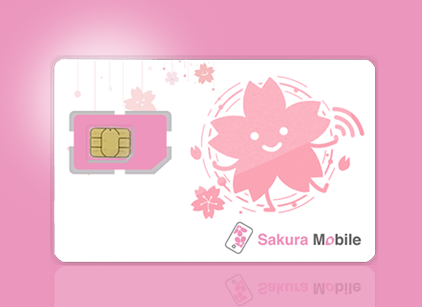
A prepaid SIM card or eSIM allows your phone to connect directly to Japan’s mobile network (3G, 4G, 5G). eSIMs are digital, meaning you can activate them online without needing a physical SIM card.
When a SIM Card or eSIM Is a Good Choice
- You’re traveling alone and only need internet on one device.
- You prefer a lightweight, hassle-free option without carrying extra equipment.
- You don’t want to charge anything extra—your phone connects to the network directly.
- You plan on staying in urban areas like Tokyo, Osaka, Kyoto, and other major cities where network coverage is strongest.
- You’re going on a short weekend getaway or business trip where a simple, quick solution is best.
- You have an unlocked phone that supports Japan’s mobile networks.
Things to Keep in Mind
- Your phone must be unlocked. If it’s carrier-locked, a SIM won’t work unless you unlock it before your trip. Always check your phone’s compatibility.
- Setup may be required. You might need to manually enter APN settings, which could be tricky for non-tech-savvy users.
- Some plans have data limits. Unlike pocket WiFi, which often offers unlimited data, many prepaid SIMs have a set amount of data per day or per plan.
- Weaker signal in rural areas – In mountains, countryside, or less-developed regions, some travelers report weaker connectivity compared to pocket WiFi
📌 Best for: Solo travelers, those who want a lightweight, no-hassle option, and anyone with an unlocked, eSIM-compatible phone.
Is a SIM Card/eSIM Worth It in Japan?
A SIM card or eSIM is best for solo travelers, those who want a hassle-free option, and people with an unlocked phone. eSIMs, in particular, make setup even easier by eliminating the need for a physical card. If your phone supports eSIM, it’s a great way to stay connected without carrying extra equipment.
How to Get a Prepaid SIM or Pocket WiFi in Japan

Once you’ve decided between a prepaid SIM card or a pocket WiFi, the next step is securing your rental. Since availability can be limited during peak travel seasons, booking in advance is best to ensure you get the plan that fits your needs.
Just keep in mind that while both SIM cards and pocket WiFi devices can be picked up at the airport or delivered to your accommodation in Japan. eSIMs don’t need to be physically picked up and can be immediately installed with a QR code sent to your email.
But if you go for a physical SIM or pocket WiFi and your plans change, many providers allow you to update your delivery address before arrival for added flexibility. So don’t worry!
📌 Ready to stay connected in Japan? Check out our short-term plans to find the best data options for your trip!
CUSTOMER’S VOICE

